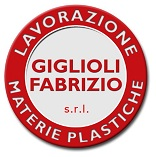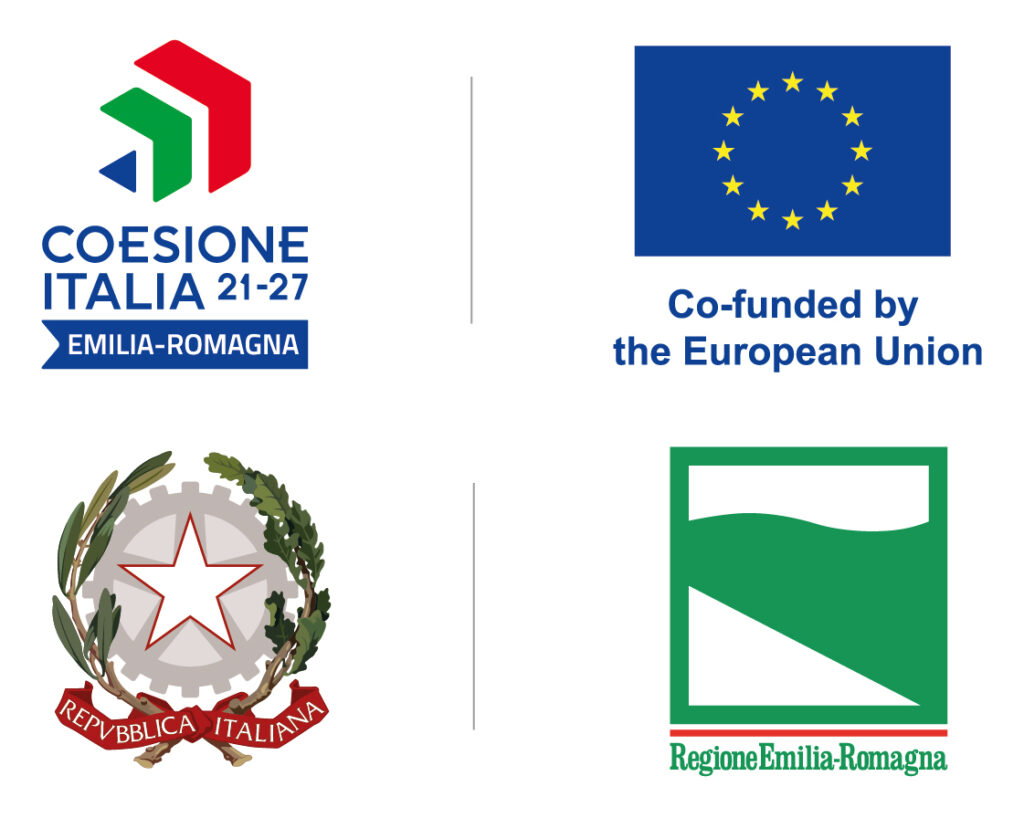Understanding what bioplastics are, knowing how to distinguish them from general plastic we are used to, it’s not an easy deal, so the Wageningen University & Research Institute carried out a study in order to clarify about this topic and realized its own report.
One of the main reason of this difficult clarification regards the term “bioplastic”, which has a double meaning, and it can be referred not only to the material “ made from BIO sources”, and but also to the material “biodegradable”. In order to solve this dichotomy, we have now two different words: “Bio-based” and “Biodegradable”.
BIO-BASED
The term “bio-based” means a material “entirely or partially derived from biomass plant” where some fossil elements (like petrol or charcoal) are substituted with natural components. This material aims to decrease / eliminate the usage of fossil elements for the polymers production.
BIODEGRADABLE
The term “biodegradable” means a material that can be attacked (degraded) by microorganisms like bacteria or fungi in a liquid environment, natural gases ( eg. Carbon dioxide or methane), or in biomass.
Biodegradability is strongly influenced by the surrounding environmental conditions, eg. If a product needs specific organisms but their presence in the environment is not sufficient, that product will degrade very slowly.
It is possibleto have bio-based materials that are also biodegradable (eg. PLA polylactic acid), and others that, despite remaining Bio-based, are not biodegradable (eg. Bio-PET or Bio- PE). Vice versa, there are other examples (very rare) where the fossil product is biodegradable, like PBS, but nevertheless the majority of the common use plastics is not (PE, PET, PVC, PP…).
COMPOSTABLE
A material is considered as “compostable” when , in order to be degraded, comply with the compostability characteristics stated in the EN13432 norm. Also in this case, the rapidity of the process depends not only on the environmental conditions, but also by the type of interaction required for the degradation of the material.
Compostable is a sub category of the biodegradable materials because there are precise conditions, times and procedures stated regarding its biodegradability.
Here below a concise chart with some examples of materials, relevant origin and biodegradability level.
| Souce | Not biodegradable | Biodegradable |
| Petrolchemistry | PE, PP, PET, PS, PVC | PBAT, PBS(A), PCL |
| Partially Bio-based | Bio-PET, PTT | Starch derived |
| Bio-based | Bio-PE | PLA, PHA, Cellophane |
How is it possible to identify the products made by bio-based plastics and/or biodegradables?
Generally these information are indicated with logos or on the label of the final product, it is likewise important that these specifications are linked to a reference regulation. If we find a recall to the EN13432 on the packaging, it means that it is biodegradable and compostable and can be disposed as organic waste. Classical example is the bag used for fruit and vegetables at the shop.
Are bioplastics used in the food sector?
Yes, they are. Food sector is one of the most bio-based and biodegradable packaging oriented, motivated also by the fact that there are a lot of single use products with very short shelf- life.
Can we consider bioplastic as a solution to the “floating trash island” in the ocean?
First of all, any waste should not be released in the sea, because regardless times and manners of its degradation, anyhow it has a bad influence on the marine environment. The fact that a certain material degrades in a few months/years (not thousands of years) it is not a good reason to throw it in the water.
Moreover some products can be packed with biodegradable material, for example chemical or cleaning products, and it is necessary to use materials suitable for their purpose and how they can be re-used or recycled.

